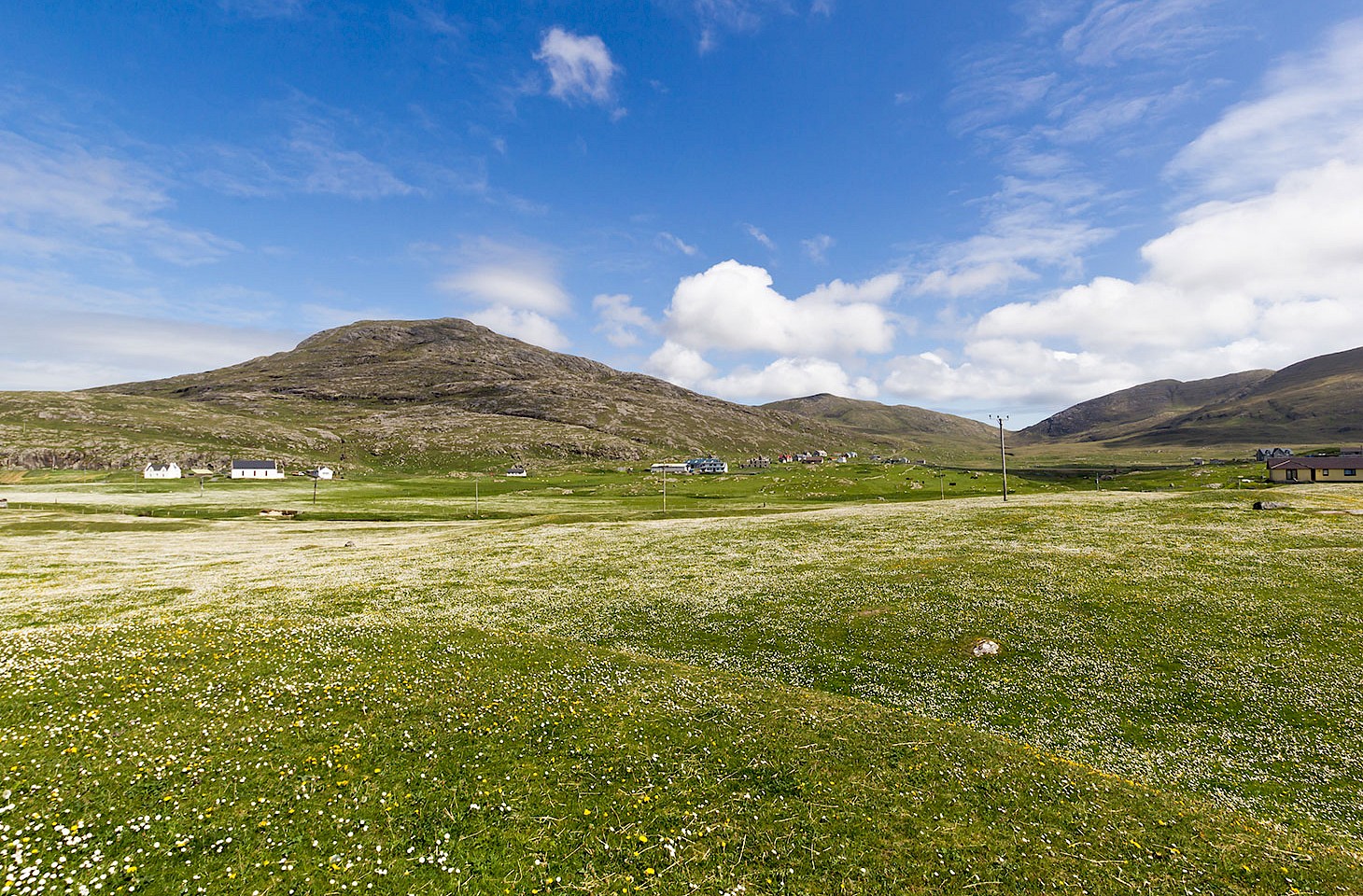We have an eye for ships, and when hidden europe saw a news item on Dutch television in March about a ship called Logos Hope arriving in Scheveningen, we knew at once that this was a very familiar vessel.
It is not at all unusual for ships to be redeployed to other uses. The GTS Finnjet, in her heyday the finest cruise ferry in the Baltic, was redeployed at just a few days' notice from her Rostock to Helsinki ferry route in 2005. Finnjet’s owner Silja Line leased the ship to Louisiana State University to provide accommodation for students in New Orleans displaced by Hurricane Katrina. Sadly, Finnjet never returned to any commercial shipping route. After several changes in ownership, and an ill-fated attempt to convert her to a cruise ship which ran vastly over budget, Finnjet is now being scrapped in India.
Old ferries have found new service as floating hotels, prisons or accommodation blocks for industrial facilities. One Danish company called C-bed converts retired ferries to provide floating accommodation for workers servicing offshore wind farms.




